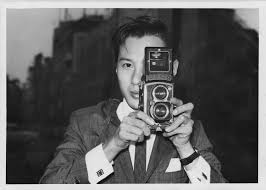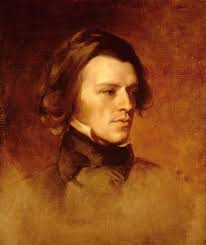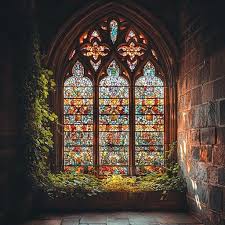Sacajawea stands as one of the most iconic and respected figures in American history. This Shoshone woman played a crucial role in the renowned Lewis and Clark Expedition. She was their interpreter and symbol of peace and determination.

Early Life: From Kidnapping to Marriage
Born around 1788 in Lemhi County, Idaho, Sacajawea was a member of the Lemhi Shoshone tribe. Tragically, when she was about 12 years old, Hidatsa warriors kidnapped her during a raid. She was then taken to a Hidatsa village near present-day Washburn, North Dakota. A few years later, a French-Canadian trapper named Toussaint Charbonneau acquired Sacajawea, and she became one of his wives.
The Lewis and Clark Connection
In 1804, when the Lewis and Clark Expedition was making preparations to head west, they hired Charbonneau as an interpreter. Given Sacajawea’s knowledge of the Shoshone language and her familiarity with various terrains, she became an invaluable asset. Her presence was a symbol of peace because as a woman with a baby (her son, Jean Baptiste) it indicated that the expedition was not a war party.

Beyond Interpretation: A Pillar of Strength
Sacajawea’s role was not limited to interpretation. She had a calm demeanor, survival skills, and knowledge of native plants and geography. It proved to be essential on numerous occasions. One of the most notable moments was when she saved important journals and supplies during a boat accident.
Legacy and Recognition
After the expedition, records about Sacajawea’s later life become sparse. Some say she died in 1812, while others believe she lived until 1884 on the Wind River Reservation in Wyoming.
Regardless of the details of her later life, Sacajawea’s impact during the pivotal exploration of the American West is undeniable. Today, she is honored with statues, coins (the Sacajawea dollar coin), and place names throughout the United States. She is also honored in the NE Washington area with a national park being named after her along with an interpretative center dedicated to her life and legacy.
The Interpretive Center
The museum was built in 1982, designed by local architects and use art installations by the artist Maya Lin who designed 7 confluence circles, show casing the heritage of the Native American people. The park is located at the confluence of the two rivers, the snake and Columbia. It was a historical gathering place for natives during the time of Sacajawea. The building is designed in a modern style, which rounded corners and industrial lines. It is modest in size but houses a beautiful collection of artifacts. The floor plan is circular to continue the idea of the circles of life. I found the whole experience charming and well worth the irritation at gps getting us a bit lost.




Conclusion
Sacajawea’s story is one of resilience, courage, and resourcefulness. In an expedition dominated by men, this young Native American woman proved indispensable. Her legacy serves as a reminder of the crucial roles that women and indigenous people have played in shaping the history and future of America. Her spirit of exploration, collaboration, and understanding resonates today as a guiding light for all who seek to bridge divides and discover new horizons.
https://www.sacajaweacenter.org
To find out more about this fascinating woman, you can find many different books to read. Sacajawea
Thanks for reading!


